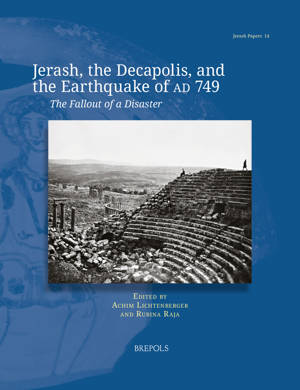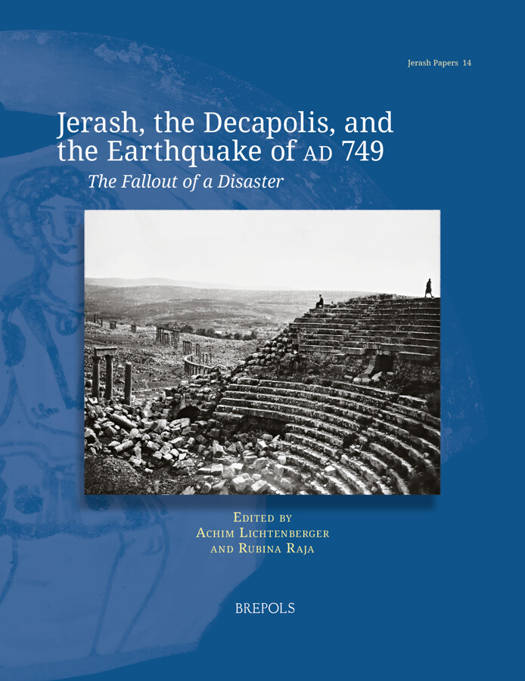
- Afhalen na 1 uur in een winkel met voorraad
- Gratis thuislevering in België vanaf € 30
- Ruim aanbod met 7 miljoen producten
- Afhalen na 1 uur in een winkel met voorraad
- Gratis thuislevering in België vanaf € 30
- Ruim aanbod met 7 miljoen producten
Jerash, the Decapolis, and the Earthquake of AD 749
The Fallout of a Disaster
Achim Lichtenberger
Paperback | Engels
€ 121,90
+ 243 punten
Omschrijving
Gerasa/Jerash and the Decapolis are located along the seismically active area of the Dead Sea Rift, a point where four tectonic plates meet to create the 110km-long fault known as the Dead Sea Transform. It was activity along this fault that led, in AD 749, to a famously devastating earthquake in the region. Measuring at least 7.0 on the Richter scale, this quake not only had a profound physical impact on the Decapolis, Galilee, Caesarea, and Jerusalem, causing widespread destruction and reshaping urban landscapes, but also led to a clear shift in socio-economic dynamics through a combination of economic decline and population displacement. It thus stands as a clear watershed moment in Late Antiquity. In its aftermath, some cities struggled to regain prominence, while others declined and were abandoned. Taking the AD 749 earthquake as its starting point, this volume aims to provide a nuanced understanding of the quake's effects, questioning its role as a sole watershed moment and exploring the various other factors at play that influenced urban change. The contributions gathered here, which clearly recognize earthquakes as non-human actors in this process, clearly highlight the diverse impacts that this seismic event had on the city life in the southern Levant, and the fallout in the decades that followed.
Specificaties
Betrokkenen
- Auteur(s):
- Uitgeverij:
Inhoud
- Aantal bladzijden:
- 196
- Taal:
- Engels
Eigenschappen
- Productcode (EAN):
- 9782503612799
- Verschijningsdatum:
- 15/05/2025
- Uitvoering:
- Paperback
- Formaat:
- Trade paperback (VS)
- Gewicht:
- 1297 g

Alleen bij Standaard Boekhandel
+ 243 punten op je klantenkaart van Standaard Boekhandel
Beoordelingen
We publiceren alleen reviews die voldoen aan de voorwaarden voor reviews. Bekijk onze voorwaarden voor reviews.











